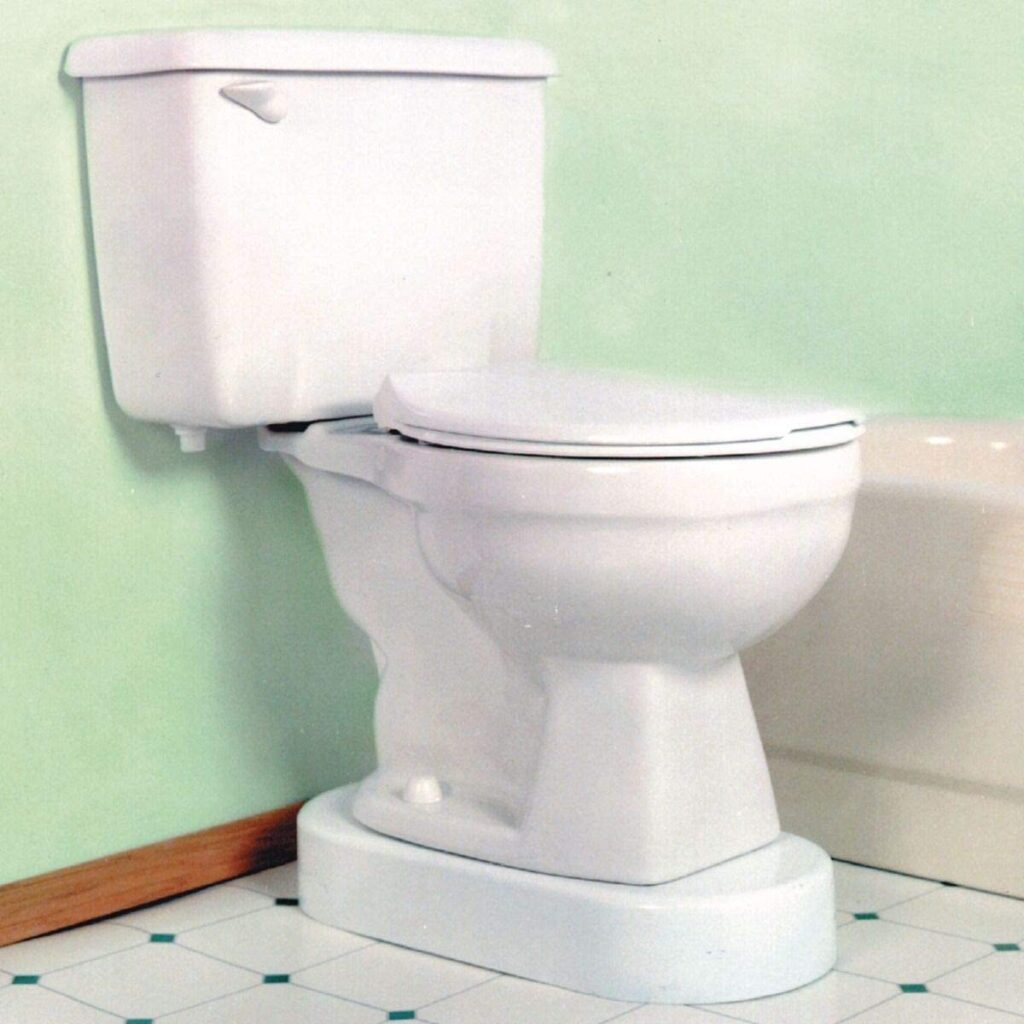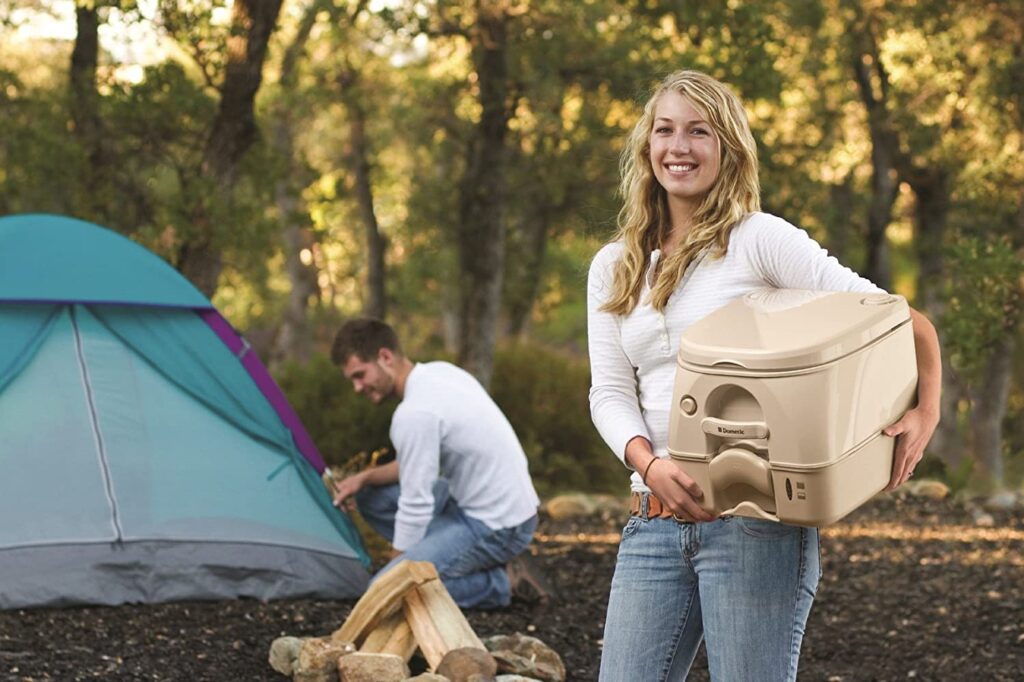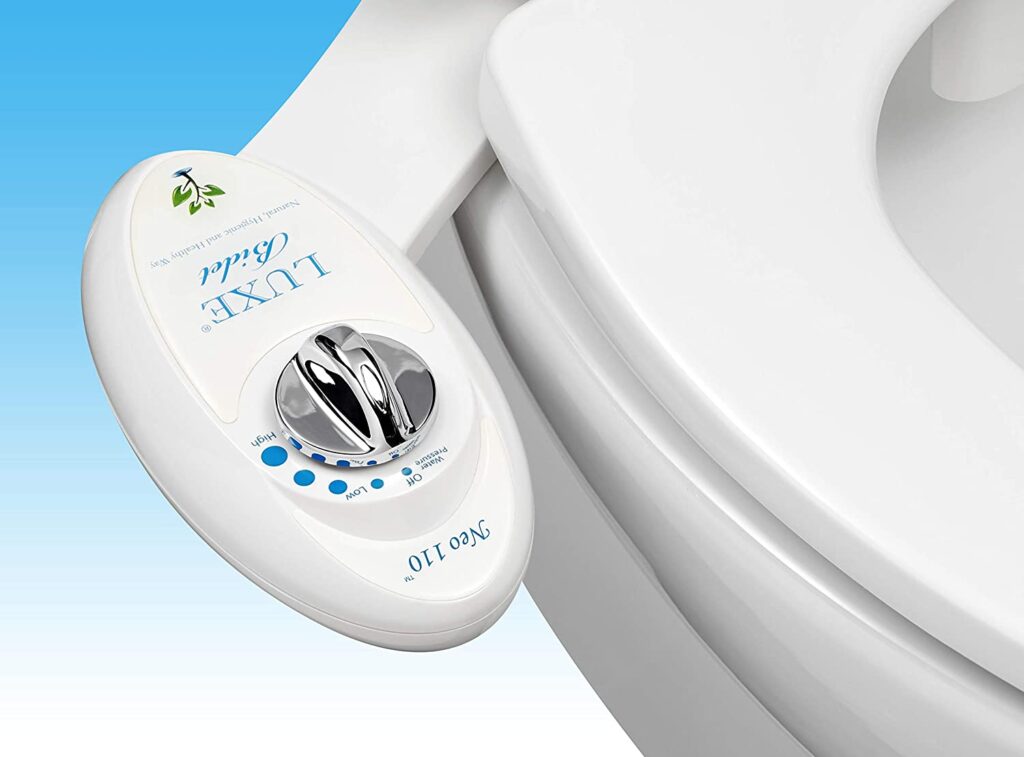Water stains on your bathroom walls might seem like a small problem, but they can actually lead to bigger issues. If you don’t deal with them, they could cause mold, mildew, and even damage to your home’s structure. And honestly, no one wants to deal with that! If you’ve noticed water stains starting to show up, it’s best to fix them sooner rather than later.
In this article, we’ll explain what causes water stains, how to spot them, and most importantly, how to fix and prevent them. Whether it’s condensation or a hidden plumbing leak, we’ve got all the info you need to get your bathroom looking fresh and clean again.
Table of Contents
1. What Causes Water Stains on Bathroom Walls?
There are a few things that can cause water stains on your bathroom walls. Knowing what’s behind the stains will help you keep them from coming back. Let’s take a look at the main causes:
Too Much Humidity
Let’s be real—bathrooms are naturally humid. Hot showers, steamy baths, and the moisture in the air can all contribute to walls getting stained. The moisture collects on cooler surfaces (like your walls) and, over time, creates those annoying marks. If your bathroom doesn’t have good ventilation, this problem only gets worse!
Leaks
Plumbing leaks behind your walls or ceiling are often the main cause of water stains. Even a small leak from a faucet, pipe, or shower can let water seep into the wall, causing stains to appear. The tricky part is, you might not notice a leak until it’s already left its mark. If you see stains and think there might be a leak, it’s best to check the plumbing right away before it gets worse.
Condensation
Have you ever stepped out of a hot shower and noticed fog on the bathroom mirror? That’s condensation—and it can cause water stains too. When steam from the shower hits cooler surfaces, it forms droplets that can stain the walls. It’s just like what happens to your mirror, but this time it’s happening on your walls in a way that’s harder to spot.
Poor Ventilation
If your bathroom doesn’t have a good exhaust fan, or if the fan isn’t working well, all the moisture from your showers and baths has nowhere to go. It just stays in the air and on the walls, leading to stains. Good ventilation is really important—without it, you’re just letting moisture sit around and cause damage.
Damaged Seals
Ever notice water creeping around your bathtub or sink? That might be because the caulk or grout around your tub or sink has worn out. Once those seals are damaged, water can get behind the walls, leaving stains. Checking and replacing the caulk regularly is an easy way to prevent this problem.
2. How to Identify Water Stains on Bathroom Walls
Water stains on your bathroom walls are pretty easy to spot once you know what to look for. Here’s how you can identify them and figure out where they’re coming from:
Appearance
Water stains usually show up as yellow, brown, or even rust-colored patches on your walls. They might start small but can get bigger over time if you don’t fix the problem. These stains are often the first sign that moisture is damaging your bathroom walls. Sometimes, the stains might even have a darker outline or discolored edges, which means moisture is soaking through the wall.
Location
You’ll typically find water stains in places where moisture is likely to collect. Here are the most common spots:
-
Around the shower or bathtub: This is where steam and water often splash.
-
Near the sink: Water can drip down the wall after you wash your hands or brush your teeth.
-
Behind the toilet: A small leak in the plumbing can cause stains here.
-
Around windows: Condensation can build up, or damaged seals can let moisture in.
The location of the stains can give you a good idea of where the moisture is coming from.
Texture
The texture of the water stains can tell you how long they’ve been there and how bad the damage is. If the wall feels soft, the paint is bubbling, or the drywall is flaky, it’s usually a sign that moisture has been building up. Press gently on the stained area—if it feels squishy or the paint starts peeling off, there might be hidden moisture behind the wall causing the damage.
Smell
If you notice a musty smell along with the stains, it’s a strong sign that there’s moisture trapped in the wall. Leftover moisture can lead to mold or mildew growth, which can make the problem worse and even affect your health. If you’re dealing with both stains and a funky smell, it’s important to address the issue quickly to prevent it from getting worse.
3. How to Fix Water Stains on Bathroom Walls?
Now that you know how to spot water stains, it’s time to take care of them! Here’s how you can fix the issue and keep future stains from showing up:
Clean the Area
If the stains are mild and you’re dealing with just a little discoloration, start by cleaning the area. Cleaning can help remove surface stains and give you a better idea of how much damage there really is.
Here’s how to clean minor stains:
-
Vinegar and Water Solution: Mix equal parts of white vinegar and water in a spray bottle. Spray it on the stained area and let it sit for 10-15 minutes. Use a cloth or sponge to gently scrub the stain away.
-
Baking Soda: If the stain is tough to get rid of, sprinkle some baking soda directly on the stain. Add a little water to make a paste, then scrub it into the stain. Baking soda helps lift stains and also neutralizes odors.
-
Commercial Stain Remover: If you’d rather use a store-bought solution, there are stain removers made for bathrooms that can do the trick. Just follow the instructions on the bottle for the best results.
Repair the Wall
Once you’ve cleaned the area, if you still see discoloration or damage, it’s time to fix the wall. If the drywall or paint is damaged, you might need to patch things up. Here’s what to do:
-
Patching Drywall: If the wall feels soft or the paint is bubbling, you might need to replace some of the drywall. Cut out the damaged section and replace it with new drywall, making sure it’s sealed properly.
-
Repainting: After fixing any holes or cracks, you’ll need to repaint the area. Start with a primer on the patched section, then apply a fresh coat of paint to match the rest of the bathroom walls. If the wall is still damp, let it dry completely before painting to avoid trapping moisture.
Dry the Walls
One of the most important steps is making sure the walls are completely dry before you do any repairs. Use fans or open windows to help dry the moisture out. A dehumidifier can also help by reducing the moisture in the air and speeding up the drying process. If the walls stay damp, the stains and moisture issues could come back fast, even after you’ve painted.
Address the Source of Moisture
Fixing the cause of the moisture is key to making sure the problem doesn’t come back. Here’s what you can do:
-
Fix Leaks: If you’ve found a leak, fix it as soon as possible. Whether it’s a pipe behind the wall or a dripping faucet, stopping the leak will prevent more water damage.
-
Replace Worn Seals: Check the caulking or grout around the bathtub, sink, and windows. Over time, these seals can wear out and let water seep in. Replace any damaged seals to stop water from leaking behind the walls.
-
Improve Ventilation: If poor ventilation is making the moisture problem worse, think about installing or upgrading your bathroom exhaust fan. A good fan will help remove excess moisture from the air, which can prevent water stains and mold. You might also want to get a dehumidifier to keep the humidity levels down.
4. Preventing Water Stains on Bathroom Walls
Once you’ve dealt with the water stains, the next step is to prevent them from coming back. The key is keeping your bathroom dry and free of extra moisture. Here’s how you can do that:
Increase Ventilation
The best way to handle moisture is by making sure your bathroom is well-ventilated. If your bathroom doesn’t have an exhaust fan, consider adding one. If it does, check that it’s working properly, and if needed, upgrade to a stronger model. A good exhaust fan helps get rid of extra moisture in the air, especially after a hot shower, keeping your walls and surfaces dry. Opening windows when you can and using the fan regularly will help lower humidity levels in the room.
Use Dehumidifiers
If your bathroom feels extra muggy after a shower, a dehumidifier might be a good solution. These devices help keep moisture levels under control, so it doesn’t collect on your walls and cause stains. There are dehumidifiers made for small spaces like bathrooms, and they can help keep the air dry and prevent mold from forming.
Shower Curtains and Doors
Another easy way to prevent water stains is by using the right shower curtain or door. A high-quality curtain or shower door will stop water from splashing onto your bathroom walls, which can cause stains, especially if your walls are made of materials that absorb water. Look for water-resistant curtains or choose a shower door that keeps the water inside the shower area.
Regular Maintenance
Don’t skip regular checkups! Look over your bathroom from time to time, paying attention to things like the caulking, grout, and seals around your tub, sink, and windows. These seals can wear down over time, letting water get through and causing stains. Keeping them sealed will help keep your bathroom dry and avoid leaks.
Waterproofing Paint
Consider using moisture-resistant paint or primer on your bathroom walls. These paints are designed to handle humidity and can help protect your walls from water damage. They’re also easier to clean and maintain because they resist staining and mold growth better than regular paints.
Tile and Backsplashes
In areas where water splashes often, like around the sink or bathtub, think about installing tile or other waterproof materials. Tiles are easy to clean and provide extra protection against moisture. A backsplash can also protect the area behind your sink from splashes that could lead to stains.
5. When to Call a Professional
Sometimes, no matter how hard we try, water stains just won’t go away—or they could be a sign of a bigger issue. Here’s when you should call in the experts:
Persistent Water Stains
If the water stains keep showing up even after you’ve cleaned them and fixed the source, it might be time to call a professional. Stubborn stains can mean there’s something deeper going on, like a hidden leak or bad ventilation, that needs an expert’s help. A contractor or plumber can figure out what’s wrong and offer a solution.
Mold or Mildew
If you notice mold or mildew on your bathroom walls or if there’s a musty smell, don’t wait around. Mold and mildew love damp places, and once they start growing, they can spread fast. If you spot these signs, it’s best to call a mold removal expert to safely get rid of it. Mold can be harmful to your health, and getting rid of it properly requires special tools and knowledge.
Structural Damage
If you see paint bubbling, wallpaper peeling, or feel damp drywall, the water damage might be more than just surface-level. These signs could mean there’s serious damage, like water getting behind the walls and affecting your home’s structure. In this case, it’s important to get a professional to inspect the damage and recommend the right repairs.
6. Conclusion
Water stains on your bathroom walls aren’t just something to ignore—they show that moisture is affecting both the look and structure of your bathroom. Taking care of the stains quickly and preventing them from happening again can save you time, money, and stress in the long run. Improving ventilation, using dehumidifiers, and keeping seals and caulking in good shape are simple ways to keep your bathroom dry and fresh.
Remember, the key to stopping water stains is keeping moisture in check. By using waterproofing paint, adding the right shower doors or curtains, and keeping up with regular maintenance, you can protect your bathroom from future damage. And if the stains don’t go away or you spot mold or mildew, don’t hesitate to call a professional to take care of it before things get worse.
FAQ :
What is the difference between water stains and mold on bathroom walls?
Water stains are typically discoloration caused by moisture seeping into the wall, while mold is a type of fungus that grows in damp environments. Mold can be harmful to your health, while water stains are more of an aesthetic issue.
Can I paint over water stains on bathroom walls?
Yes, you can paint over water stains, but it’s important to first clean and dry the affected area and address the source of the moisture. Otherwise, the stains may reappear after painting.
How do I stop water stains from reappearing in my bathroom?
To prevent water stains from reappearing, address the root cause of the moisture, such as improving ventilation, fixing leaks, and replacing damaged caulking or grout.
Should I replace the drywall if it’s damaged by water stains?
If the drywall is soft, bubbled, or moldy, it’s best to replace it. However, minor water stains on drywall can often be repaired with cleaning and repainting if the moisture issue is fixed.
How do I know if I have a plumbing leak behind the bathroom wall?
Signs of a plumbing leak include persistent water stains, musty smells, or wet spots on the walls. If you suspect a leak, it’s best to contact a plumber to inspect the area and find the source.






